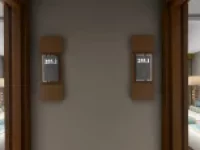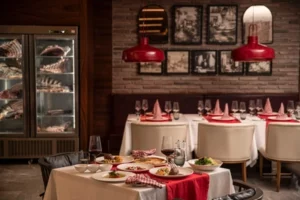Papillon Zeugma Relaxury & Mural Art in Turkey
Now displayed in the Zeugma Mosaic Museum, the famous Gypsy Girl mosaic is from the Zeugma Ancient City. The Gypsy Girl was found in 1998 – a 52cm-high, 78cm-wide section of a 300-square-meter mosaic floor. The rest of the floor had been looted; the Gypsy Girl was unseen, hidden under a fallen marble column. Reflecting the artistic and architectural richness of the Roman period, the Gypsy Girl is considered one of the oldest mural works in Anatolia.
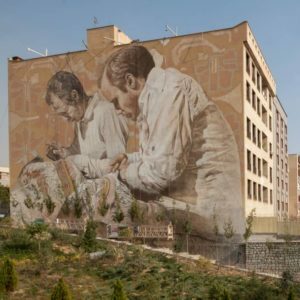
Murals remain among the most important public art experiences in today’s cities, as a means of both artistic and cultural expression.
Since the first humans painted upon cave walls, these pictures have served as a means of conveying emotions and thoughts, as well as events. Murals evolved from cave art and moved over time to adorn the walls, floors, and ceilings of palaces, churches, and public buildings. Mural comes from the Latin word “murus”, meaning wall. Contrary to popular belief, murals are not graffiti and were not born as street art: rather, the murals that decorated the homes of nobility in the past gradually took a more public form, eventually transforming into the street art form that we see today.
Connection Between Murals and Cities
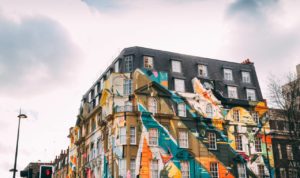
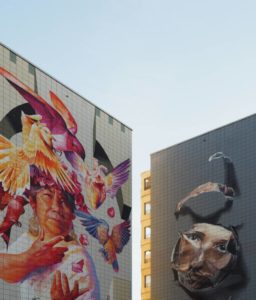
An important characteristic of mural art is symbolism; murals are often utilized as a visual medium for conveying a message – a powerful tool used throughout history, from Leonardo Da Vinci to Banksy. Today, murals can be observed all over the world and are considered as works that both establish a special connection with and add value to a city.
One could even say that mural art helps develop a city. Los Angeles is a prime example of this: In recent years, the city, which features many murals, has attracted tourists who want pictures with the works of famous mural artists.
Murals of Ancient Zeugma City Are Replicated in Papillon Zeugma Relaxury
The Zeugma Gypsy Girl was a section of a colourful mosaic floor, set in the dining area of the home of a wealthy Roman-era family. This mosaic, originally created for a place of social interaction, is today seen by visitors from all over the world. The ancient Gypsy Girl – considered the first example of mural art in what is now Turkey – is both a forerunner of today’s mural art and an important factor in the development of Gaziantep.
Inspired by the ancient city of Zeugma, Papillon Zeugma has brought art and history to its guests onsite since 1992, preserving the value that the Gypsy Girl mosaic adds to Turkey. At Papillon Zeugma, visitors can experience mosaics inspired by the historical murals of Anatolian culture. The Papillon family, seeking to bring mural art to children, will introduce Mural Art days for the first time this summer. Stay tuned for more details of the event.










